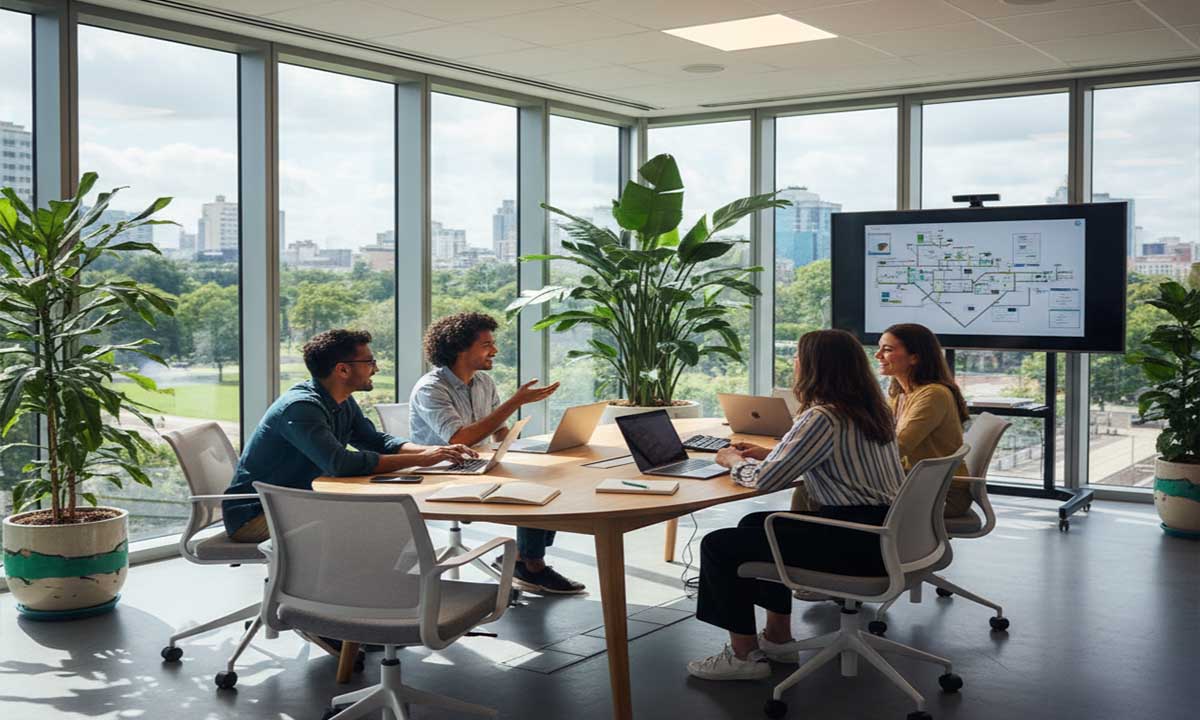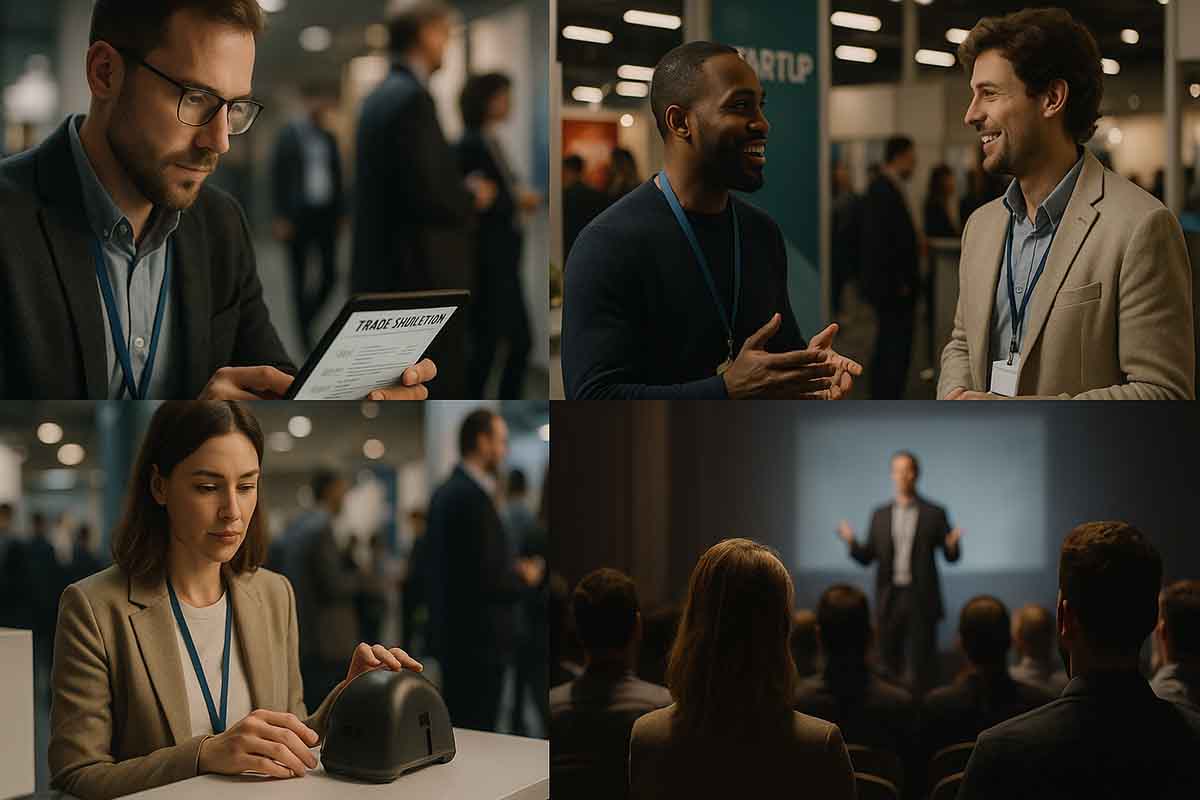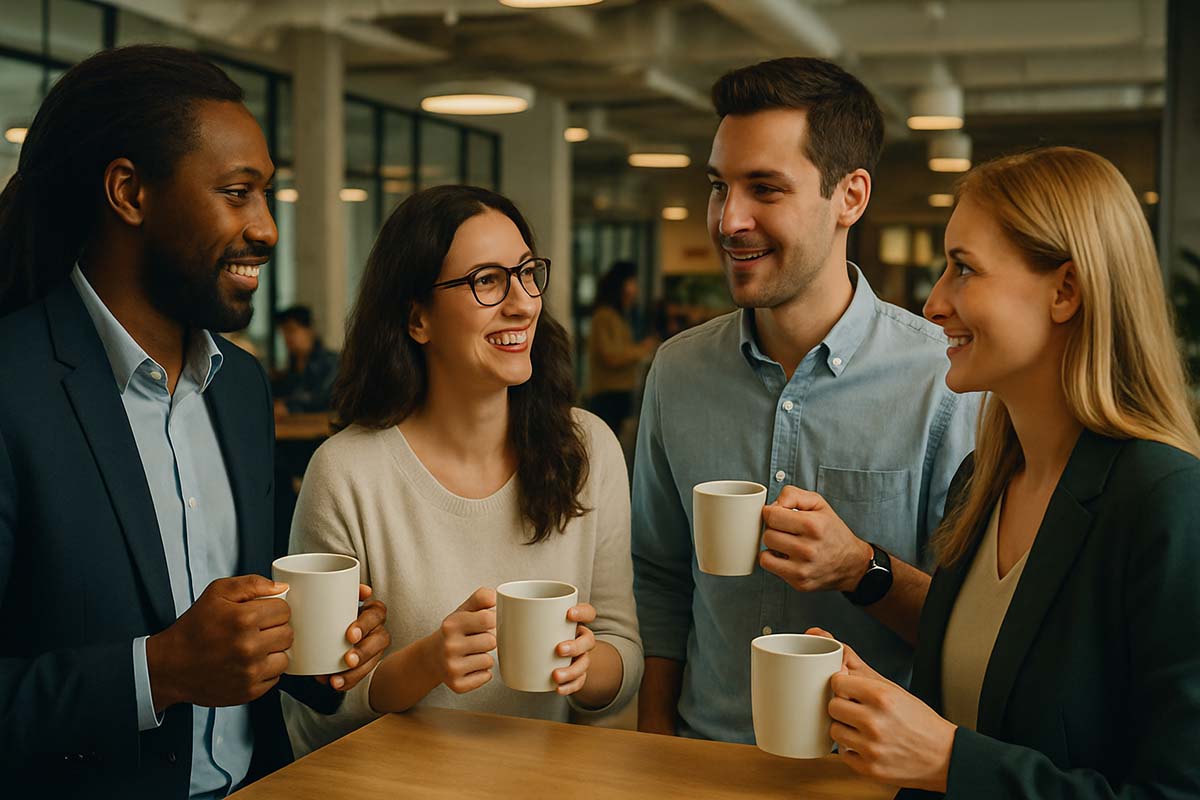Workspace Sustainability Practices to Watch
New Sustainable Practices for Safer Workplaces
Across the globe, conversations about climate change and environmental responsibility continue to grow louder. Businesses of all sizes are becoming more aware that sustainability is not just a corporate trend it’s a shared duty. Every individual, office, and professional plays a role in shaping a more responsible future. Workplaces, as daily hubs of activity, have a significant influence on our collective carbon footprint. For insights on adapting modern spaces, you might explore flexible workspaces that blend efficiency with environmental considerations. Understanding and adopting sustainable practices is not only beneficial for the planet but also brings lasting value to companies and their people.
This article outlines essential sustainability practices that help create safer and more eco-friendly workplaces. It discusses energy efficiency, waste reduction, responsible sourcing, and the integration of green technology. It also highlights how cultivating environmental awareness and thoughtful office design can enhance both well-being and business performance worldwide.
The Importance of a Sustainable Workplace
A workplace that prioritizes safety and environmental responsibility is more than just compliant it’s future-oriented. When businesses make environmentally conscious choices, they invest in long-term stability and demonstrate a clear commitment to global well-being. Many younger professionals prefer to work for companies that align with their personal values, particularly those addressing social and environmental challenges. Understanding what professionals expect from workspaces can help tailor these environments effectively. Moreover, sustainability often leads to cost efficiency. Lower electricity and water bills, reduced waste, and optimized operations contribute to healthier profits. Efficient resource management, a core tenet of sustainability, also ties into how to set business goals that drive long-term success.
It also enhances corporate reputation. Companies recognized for their environmental integrity attract loyal clients and strong partnerships. Around the world, this growing awareness reflects a shift in how success is measured not only by profit but by purpose.
Energy Efficiency at the Core of Operations
Energy use remains one of the biggest contributors to a company’s environmental footprint. Efficient energy management should therefore be central to every workplace strategy.
Replacing traditional incandescent bulbs with LEDs, for example, drastically reduces energy consumption and maintenance costs. Many modern offices in Europe have adopted smart lighting systems that automatically adjust brightness based on natural sunlight or switch off when rooms are unoccupied.
Heating, ventilation, and air conditioning (HVAC) systems are another major factor. Investing in energy-efficient models, ensuring regular maintenance, and properly insulating walls and windows can significantly lower power usage. In several countries, businesses install rooftop solar panels or subscribe to renewable energy providers to further reduce emissions. Even small offices can opt for green electricity plans offered by local utilities.
Reducing Waste for a Cleaner Future
Waste management remains a global challenge, but progress starts at the workplace. The first step is establishing a well-structured recycling program supported by clear employee education.
Labeled bins for different materials paper, plastic, and metal make sorting easier and prevent contamination. Offices in Japan are well-known for their systematic waste separation, proving that effective management can drastically reduce landfill output.
Electronic waste also demands attention. Old computers, printers, and phones contain harmful substances that must be disposed of correctly. Many companies now partner with certified e-waste recyclers to ensure responsible handling.
Beyond recycling, reducing single-use materials is equally impactful. Reusable mugs instead of disposable cups, and digital files instead of printed documents, help minimize waste. A paperless office is no longer an ideal, it’s a realistic goal supported by today’s technology. Some organizations even run composting programs for food scraps, turning waste into useful organic fertilizer.
Responsible Sourcing of Office Supplies
Every purchase made by a company reflects its values. Choosing responsibly sourced materials helps protect ecosystems and promotes ethical business practices.
When buying paper, for instance, opt for recycled or sustainably certified options. For furniture, prioritize items made from recycled or easily recyclable materials. Supporting local suppliers also reduces transportation emissions and strengthens community economies.
Across North America and Europe, many businesses now request transparency from their vendors knowing where and how each product is made ensures accountability and trust.
Environmentally friendly cleaning supplies are another vital consideration. Products without harsh chemicals create a healthier workspace and lower environmental impact. Buying in bulk can further minimize packaging waste while saving costs.
Integrating Green Technology
Technology plays a powerful role in sustainability. By using eco-conscious digital tools, organizations can reduce their energy usage and overall footprint while maintaining productivity.
Cloud computing, for example, eliminates the need for large on-site servers. Data centers, while energy-intensive, operate with greater efficiency and often use renewable energy sources.
Digital communication platforms have also transformed the way teams work. Virtual meetings cut down on travel, reducing fuel consumption and carbon emissions. Electronic signatures and digital documentation replace paper-based processes.
In countries such as Australia, companies increasingly manage everything from human resources to accounting through online systems. This transition to digital operations reduces physical infrastructure costs and supports sustainability goals.
Building a Culture of Environmental Awareness
Technology and policies alone cannot sustain progress. Real change comes when every employee feels responsible for the environment.
Education is key. Providing training on sustainability principles helps staff understand how their actions contribute to broader goals. Simple reminders such as turning off lights, conserving water, or managing air-conditioning can make a real difference when practiced collectively.
Organizations can further motivate participation through incentives. Some businesses appoint “green champions” within departments to lead eco-friendly initiatives. Others recognize employees who demonstrate exceptional environmental commitment. In Canada, for example, companies reward teams that meet their energy-saving or waste reduction targets.
Encouraging sustainable commuting also matters. Offering bicycle facilities, supporting public transport use, or creating carpool programs can reduce emissions while improving employee well-being.
Designing Workspaces for Health and Sustainability
Workplace design directly influences both employee health and environmental performance. Many modern offices are embracing “biophilic design,” which incorporates natural elements such as sunlight, greenery, and organic materials.
Larger windows, indoor plants, and open layouts foster a sense of calm and connection to nature. Studies show that workplaces integrating natural light and greenery increase focus and reduce stress. Singapore’s high-rise buildings, for example, often include vertical gardens that bring nature into urban settings.
Indoor air quality is equally critical. Air purifiers, toxin-absorbing plants, and regularly replaced filters help maintain freshness. Choosing paints, carpets, and furniture with low volatile organic compounds (VOCs) minimizes harmful emissions and supports healthier indoor environments.
Measuring Progress for Continuous Improvement
To ensure long-term success, sustainability efforts must be tracked and evaluated. Setting measurable goals keeps organizations accountable and focused.
For instance, a company might aim to cut its annual energy use by 10% or recycle 80% of its waste. Establishing baseline data helps monitor progress over time. Smart meters provide real-time insights into water and electricity consumption, allowing teams to identify inefficiencies quickly.
Transparent reporting reinforces engagement. Sharing metrics with staff such as how much waste has been recycled builds motivation and collective pride.
Many organizations adopt international frameworks like ISO 14001 to assess and certify their environmental performance. German companies, known for their precision and structure, often lead by example through detailed sustainability reports that track measurable impact.
Regular reviews are vital. As technology and global standards evolve, there are always new opportunities to refine strategies and improve sustainability outcomes.
A Continuing Commitment
Sustainability in the workplace is an ongoing responsibility, not a short-term project. It reflects a deep commitment to our planet, our communities, and the generations to come.
Every improvement whether through energy conservation, waste reduction, or thoughtful design creates ripples of positive change. By remaining open to innovation and progress, workplaces worldwide can become models of environmental responsibility.
Ultimately, sustainability is both a moral and practical necessity. Acting today ensures a healthier, more resilient, and a future built on sustainable development for all.









